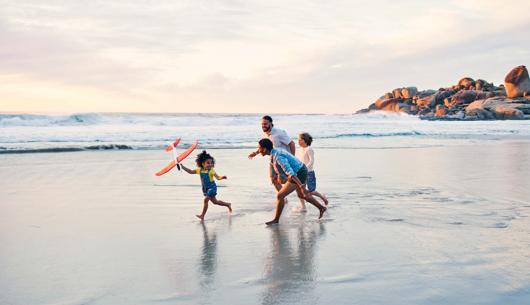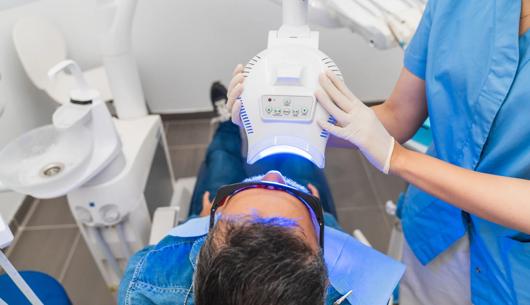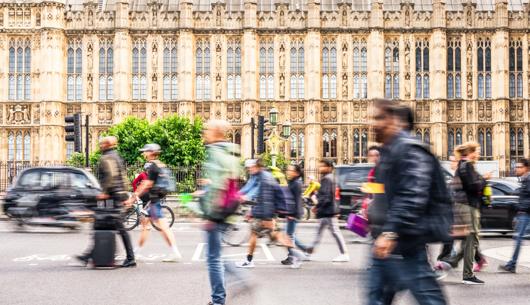Music tours generally take out three types of insurance:
- Equipment – to protect against damage to or theft of equipment.
- Public Liability – to protect against risks such as an audience member being injured during a show. Given large turnouts, security is also a big concern.
- Non-appearance – This is for people who are necessary to perform. Policies frequently cover costs, expenses and revenues when an event is cancelled, abandoned, postponed, interrupted or relocated when a specified person or people cannot appear at the event because of unavoidable travel delays or death, injury or illness.
Long tours are risky endeavours. Insurers anticipate that a least one in 100 shows will be cancelled and many structure their policies around that. For example, an underwriter might put a deductible on a policy which means that they will not pay out if one or two shows are cancelled.
Large amounts of money are at stake; stadium shows can make millions of pounds. It is not just the ticket sales income which could be lost, with many acts making more money from merchandise than from ticket sales.
Policies are frequently taken out at the very early stages of planning a tour. They are very specific to the life and health of the individuals that are being insured. Underwriting is based, amongst other factors, on the act’s cancellation history. If an act has a record of missing shows premiums will rise significantly. Sometimes medical records or full medical examinations are required.
The use of pyrotechnics or the act leaving the stage at any point on wires or an elevated platform also impact underwriting risks. Aerial acrobatics, such as those for which Pink is famous are increasingly popular.
Whilst age can sometimes be seen as increasing the likelihood of an insurance claim, it can also mean experience and a lower insurance risk. Risks where acts are more likely to understand the level of stamina required are seen as more attractive. Newer acts, who have not done numerous shows before making it big, or who do not have the same level of vocal training, can be considered riskier prospects.
A policy is generally worked out as a percentage of what the act will make at the end – typically 1.5%-2%.
The industry now contains incredibly hard working acts who do not want to risk the impacts a party lifestyle could have on their shows. Taylor Swift has said that to prepare for the Era’s tour she ran on a treadmill every day for six months, singing the entire set list. She also completed a specialised program of strength training, conditioning, weightlifting and dance practice. Swift also stopped drinking, apart from special occasions telling Time “Doing that show with a hangover—I don’t want to know that world”. Not wanting to disappoint her fans she says “If someone buys a ticket to my show, I’m going to play it unless we have some sort of force majeure.” Taylor Swift workout routine to prepare for the Eras Tour | Fortune Well
The Era’s Tour is coming to Europe in May. Taylor’s version of touring is proving to be one of preparation and professionalism.
Contents
- The Word, March 2024
- Explaining artificial intelligence use to insurance customers
- Lloyd’s Market Association Update
- GAP insurers ordered to pause sales
- Consumer Duty: Financial Conduct Authority (“FCA”) highlights areas of improvement
- UK Cyber Governance Code
- Financial Conduct Authority enforcement to go public – a step too far?
- How is the National Health Service (NHS) waiting list impacting insurance?
Key contact

Tim Johnson
Partner
tim.johnson@brownejacobson.com
+44 (0)115 976 6557








































